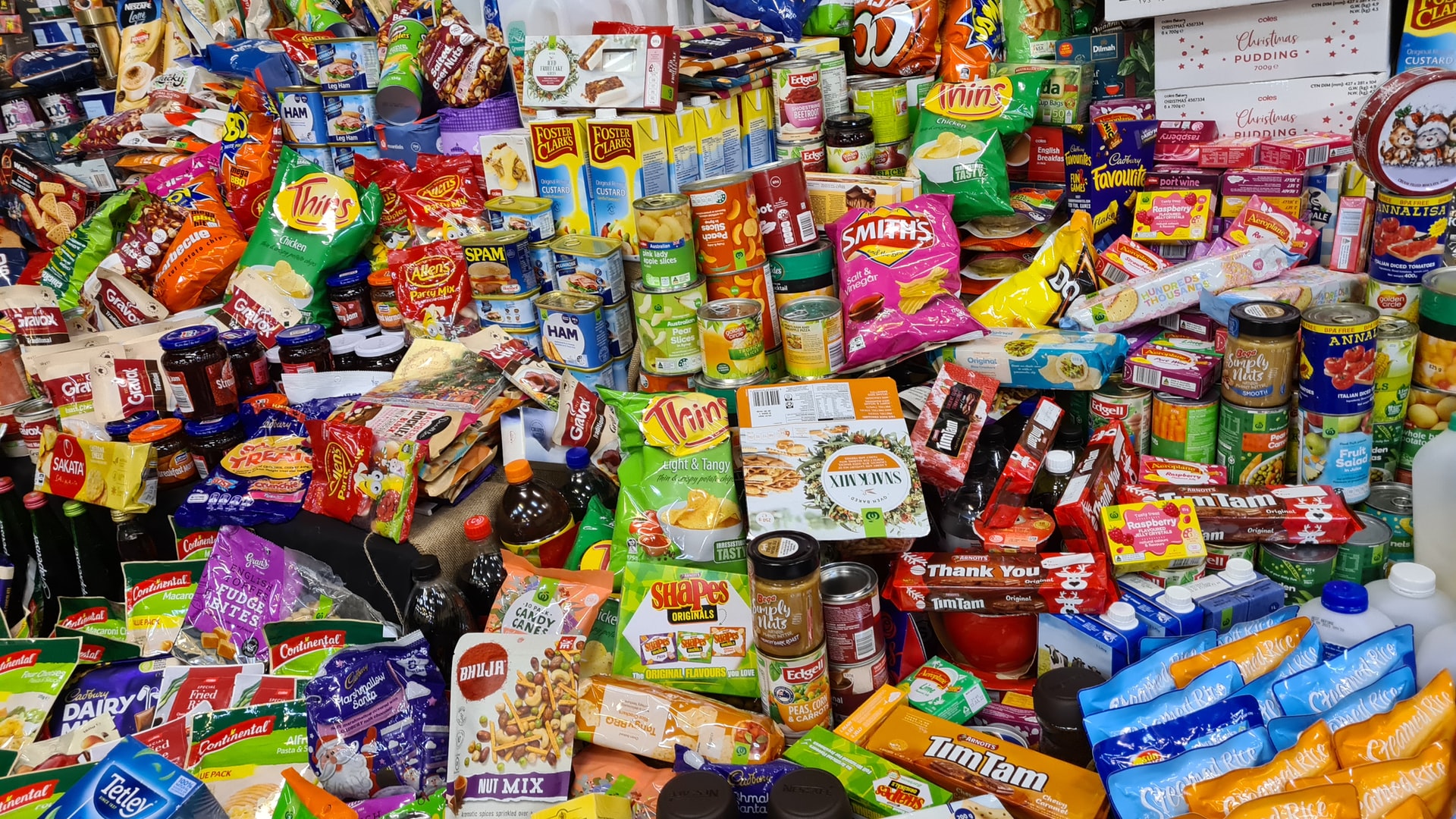
Preparedness is the key to survival during emergencies and natural disasters. When you are prepared, all the things you need to survive are somewhere near you and just waiting for you to grab them.
One of the most essential thing that we need to prepare during these situations are emergency foods. Emergency foods are non-perishable foods you stored to be used in case of emergency. They are foods that need not be refrigerated and can be eaten even without cooking. These foods should last for at least three days.
Why Emergency Foods is Important
The most obvious reason why emergency foods are important is you are “prepared”, whatever may happen.
Ensure your family’s survival
In the event that your family got stranded at home and rescuers were nowhere to be found, you know for sure that you and your family can eat well for a couple of days. You have enough food to serve until help came.
Peace of mind that you have foods to eat in spite of the crisis
In case of food shortage or if the city food supplies were cut off, you need not worry about where to get food for your family. You will be less stressed and you can use your energy for other much important things.
Save you time and money in the event of panic-buying
During national emergencies, people tend to hoard grocery foods afraid of future starvation. If this happens, product prices tend to go higher. If you have prepared your emergency foods, you do not need to go with the flow, you save money, time, and effort.
How to Prepare Your Emergency Food
- The very first thing you need to consider in preparing your emergency food is your storage capacities. Your emergency foods should be kept in a cool and dry place. Your storage bin where you plan to stock your foods should be water and insect-proof
- The next thing to do is to plan your list of foods to stock. Your list should include your household’s typical meal. Be mindful of each family member’s food and diet restrictions, if they have any. Take into consideration the family member’s needs such as medical conditions like allergies and other comorbidities.
- Now that you have your list, it is time now to decide which of the foods on your list must be included in the emergency stock. Do not hoard, keep in mind that you only need to buy the foods needed. Your storage has limited capacity so you cannot buy everything that is listed.
- If you already know what is exactly to be bought, you can now purchase them at your favorite grocery store gradually.
- Once done shopping all your listed food, it’s time to organize your food and place them properly in a designated place.
Emergency foods may include ready-to-eat foods like canned meat, canned fruits, and veggies. You can also put dried fruits, boxed milk, unsalted nuts and seeds, high-energy foods, cookies, crackers, and many other shelf-stable foods.
Important Tip
Remember to check your foods every six months for expiration and other possible problems. Keep a can opener with your emergency foods and extra food utensils.
If you don’t want the hassle of buying these things one by one, you might want to buy them online and stay at the comfort of your home while waiting for your emergency food to be delivered.


